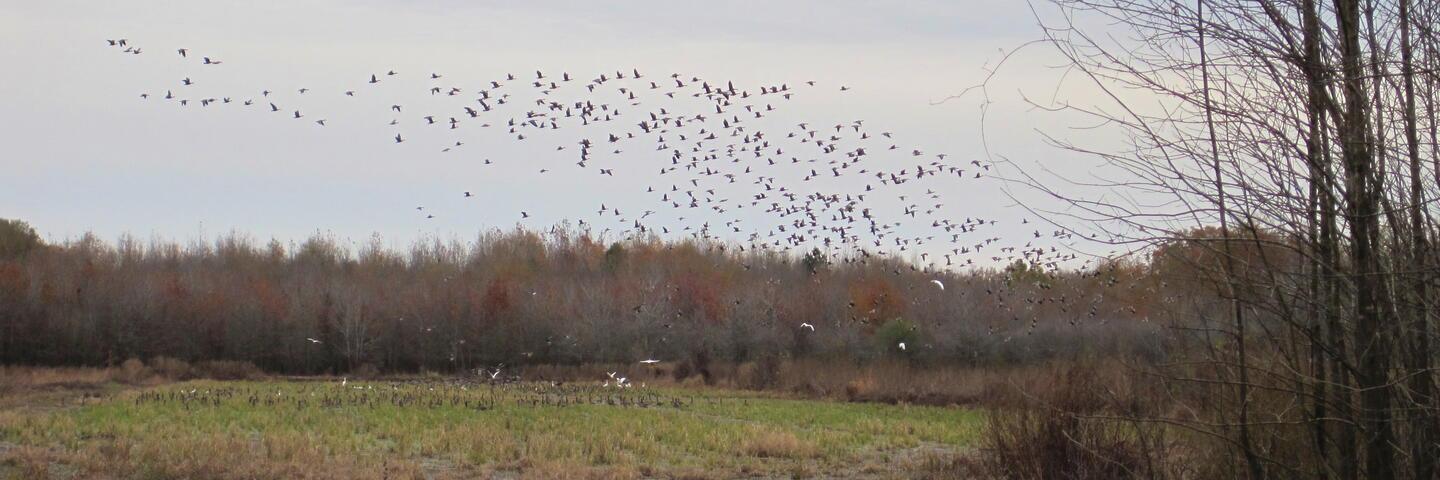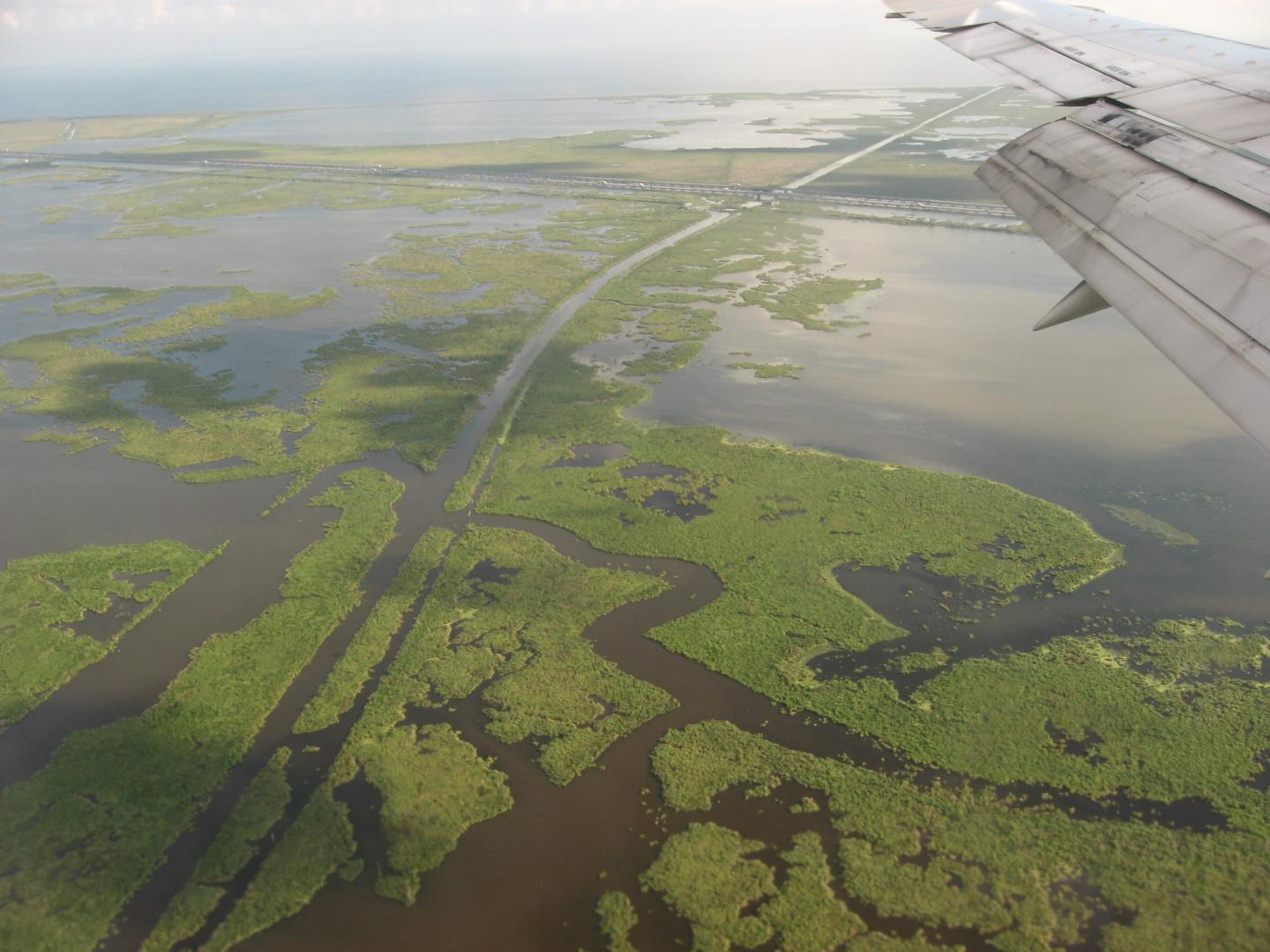

Wetland Reserve Easements
NRCS also provides technical and financial assistance directly to private landowners and Indian tribes to restore, protect, and enhance wetlands through the purchase of a wetland reserve easement.
Wetlands Reserve Easements (WRE) help private and tribal landowners protect, restore and enhance wetlands which have been previously degraded due to agricultural uses.
Benefits
Wetland Reserve Easements provide habitat for fish and wildlife, including threatened and endangered species, improve water quality by filtering sediments and chemicals, reduce flooding, recharge groundwater, protect biological diversity, provide resilience to climate change and provide opportunities for educational, scientific and limited recreational activities.
Who is eligible?
- Eligible landowners include
- Owners of privately held land including land that is held by American Indian tribes.
- All landowners, including required members of landowner-legal entities, must meet adjusted gross income (AGI) limitations and must be compliant with the HEL/WC provisions of the Food Security Act of 1985.
What land is eligible?
Land eligible for wetland reserve easements includes privately held farmed or converted wetland that can be successfully and cost-effectively restored. NRCS will prioritize applications based the easement’s potential for protecting and enhancing habitat for migratory birds and other wildlife.
How Does it Work?
To enroll land through wetland reserve easements, NRCS enters into purchase agreements with eligible private landowners or Indian tribes that include the right for NRCS to develop and implement a Wetland Reserve Plan of Operations (WRPO). This plan will detail practices to help restore, protect and enhance the wetlands functions and values.
Wetland Reserve enrollment options include:
- Permanent Easements – Permanent easements are conservation easements in perpetuity. NRCS pays 100 percent of the easement value for the purchase of the easement. Additionally, NRCS pays between 75 to 100 percent of the restoration costs.
- 30-year Easements – 30-year easements expire after 30 years. Under 30-year easements, NRCS pays 50 to 75 percent of the easement value for the purchase of the easement. Additionally, NRCS pays between 50 to 75 percent of the restoration costs.
- Term Easements - Term easements are easements that are for the maximum duration allowed under applicable State laws. NRCS pays 50 to 75 percent of the easement value for the purchase of the term easement. Additionally, NRCS pays between 50 to 75 percent of the restoration costs.
- 30-year Contracts – 30-year contracts are only available to enroll acreage owned by Indian tribes and program payment rates are commensurate with 30-year easements.
For all Wetland Reserve Easements options, NRCS pays all costs associated with recording the easement in the local land records office, including recording fees, charges for abstracts, survey and appraisal fees and title insurance.
Learn more about the Wetland Reserve Enhancement Partnership (WREP).
How to Get Started
Landowners - to learn more about both ALE and WRE, contact your local NRCS office. An NRCS conservationist will visit you and evaluate your land to help you determine eligibility for the various components of ACEP. If your land is eligible for ALE and you are looking for an eligible entity to hold your conservation easement; please visit
- ACEP-ALE for Landowners - FIC (farmlandinfo.org)
Eligible Entities - to learn more about Agricultural Land Easements, please contact your NRCS state office programs staff to inquire about how you can partner with NRCS to enroll conservation easements on eligible land.
Over the past 28 years, NRCS has worked with landowners to protect more than 5 million acres of wetlands and agricultural lands, a value of over a billion dollars in a diversified real estate portfolio that has resulted in improved soil health, improved water and air quality, protection and enhancement of wildlife habitat, enhanced resilience to climate change and increased food security through protecting the long-term viability of our nation’s best agricultural lands.
Read more about the easement successes around the nation in these two publications.
- Saving the Nation’s Wetlands (PDF, 11MB)
- Ensuring the Future of Agriculture (PDF, 9MB)
- ACEP-ALE for Entities (farmlandinfo.org)

